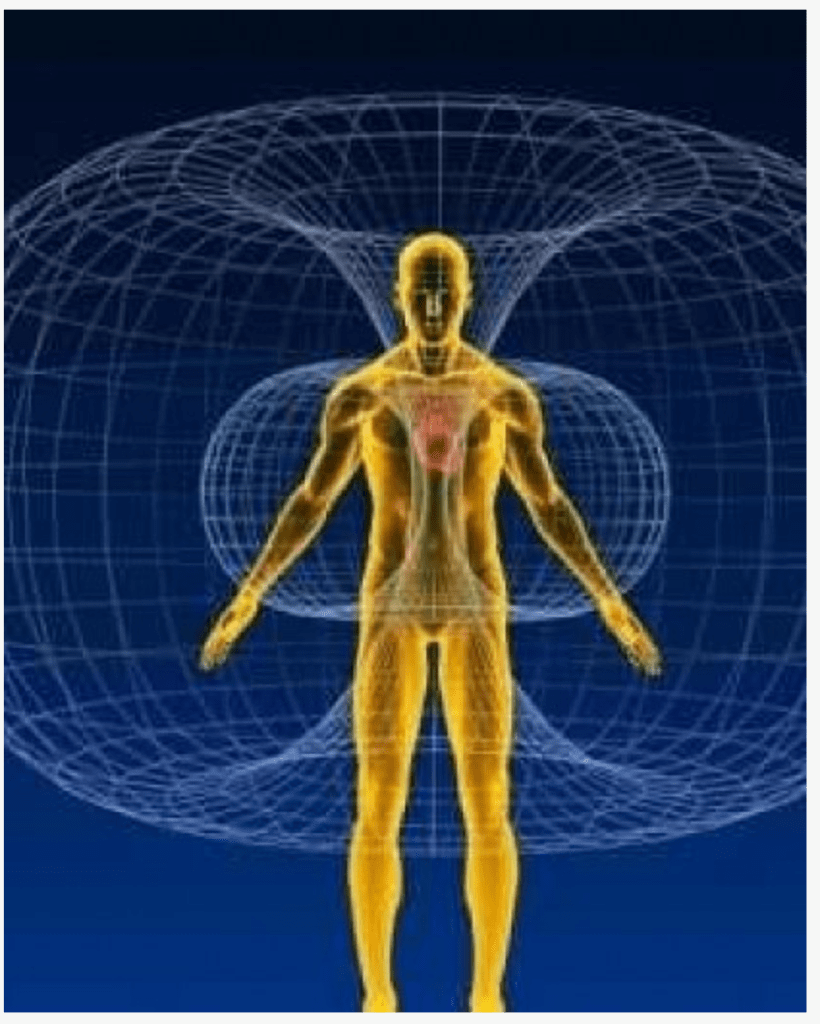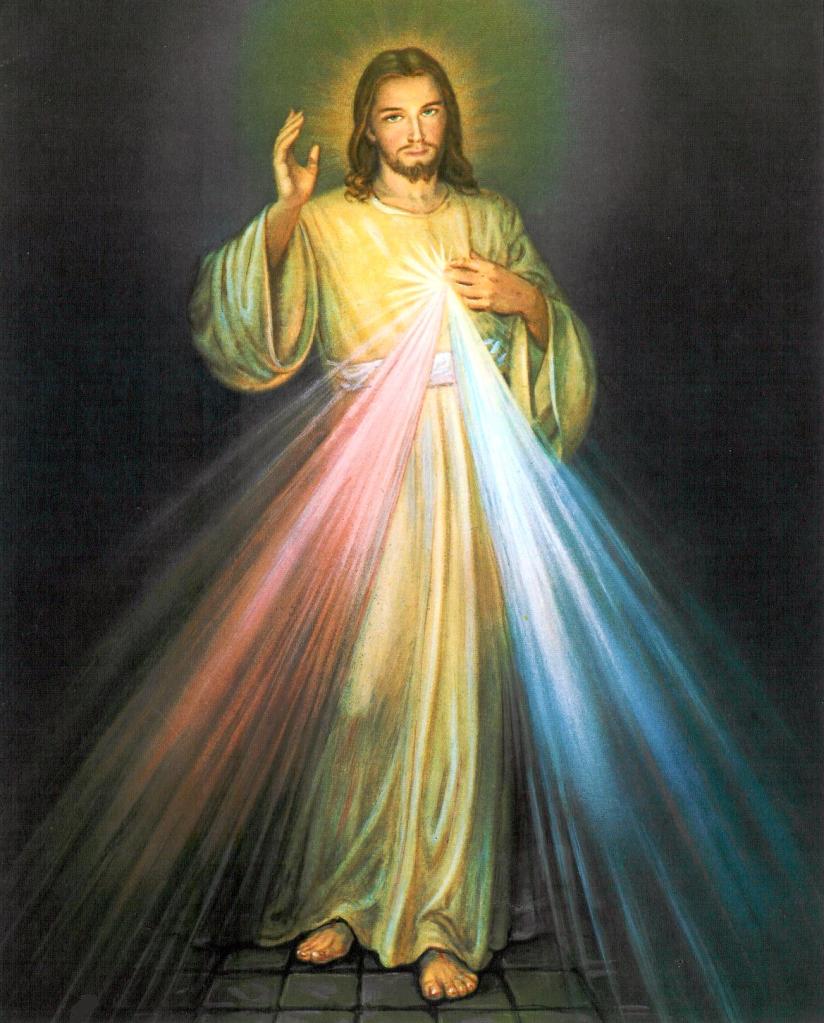by Doug Esse
The following is from my email response where I was asked to read over a certain teacher’s spiritual stance. This teacher summarized his point of view:
—-
The essence is that the Buddhist way diminishes the function of the individual self which is basically something to get rid of. Buddhists phrase this in various ways and maybe not so bluntly but that is what is really entailed. However, Christ redeems the personal self from its corrupt state and transforms it into a godlike being and that is the whole purpose of creation and why there is something rather than nothing. It’s also the only way that can really bring out love. Universal compassion has meaning in Buddhism but love can’t because love requires the full reality of the individual, and that’s full reality not provisional or only real on a lower level reality. Since the Mahayana, Buddhists have tried to incorporate love into the religion though not always comfortably, making a slight metaphysical inconsistency. But then I see the Mahayana as esoterically influenced by the energy of Christ’s incarnation (the Bodhisattva and such like). No self-respecting Buddhist would ever agree with that, of course! The difference is also in the approach to suffering. The Buddha sought a way to go beyond this but the Christian path involves accepting it and thereby helping to redeem the fallen world, not abandoning matter for spirit but actually raising matter up into spirit as Christ did when his actual physical body ascended into heaven.
More can be found here: https://meetingthemasters.blogspot.com/2021/09/valentin-tomberg-on-difference-between.html

—
My response is as follows:
I’m happy for him in that he seems to have been searching for many years for some kind of spirituality to land upon, and he found it. From my perspective, I think that he touches tangentially around some cosmic truth but his interpretation comes from his own way of making sense of it. Of course, that’s true for all of us, certainly for me.
Where I do find some agreement with him his how he describes that the Christ event revealed a way to engage with the universal in the particular. Essentially, this is what Richard Rohr argues for in his book, The Universal Christ; that Jesus is the visible face of an invisible Reality–and what you see in the life of Jesus is what you will find in all of creation since the Big Bang. Moreover, the Jesus Event, as I call it, presented a kind of spirituality whose focus gazes upon the “down and in,” or the incarnational reality of this One Spirit.
The messages of this incarnational spirituality include:
* embodiment is sacred,
* you and others are members of One Body,
* creation is sacred and a part of this One Body,
* physical, psychological, and spiritual evolution always follows the pattern of living, dying, and arising (this is called the Paschal Mystery),
* and there is a kind of invitation/mandate to transform negativity into positivity. This last point is super important as it is the “praxis,” or the touchstone upon which the “Kingdom of God” is built.
The notion of the “Kingdom of God,” if interpreted the way [I believe that] Jesus meant it, is not a coercive evangelization the way Spiral Dynamic’s Red, Blue, and Orange levels have interpreted it. It’s closer to what Green has in mind, but in general, Green is often too resentful of the shadows of Red, Blue, and Orange to do a lot of that necessary transformation of negativity into positivity.

Rather, the Kingdom of God finds its foundation within the heart chakra where there is space enough for universal love and understanding. The activated heart makes room for diversity-maintained-and-protected-by-love. This is the stuff of Spiral Dynamic’s “second tier,” which begins with the “yellow” level.
Second-tier consciousness, which I find correlative to the activated heart, operates from universal love which forebears even as it sets boundaries. It invites even as it challenges. It individuates even as it unifies.
From a Law of One perspective, the Kingdom of God is the energetics of the fourth density which is something that gradually emerges as human hearts connect and form what Teilhard de Chardin called the Noosphere. From this Universal Christ perspective, the building of the Kingdom of God as ushered in by the Jesus Event, follows the pattern of, say, the nature of the electron.

The electron is both a wave and particle. The particle appears when the wave collapses. The wave collapses when there is a witnessing presence which authors the materialization of the particle from the pure potentialization of the wave. In other words, there is a necessary third force that enters the scene which is located in this world, in this plane of existence, and with the intention of midwifing the birth of this singularity from the infinity of potentiality.
The Universal Christ idea is that Jesus was a singularity–or the wave-collapse–of this transcendent Reality (we call God). And when we “put on the mind of Christ,” as St. Paul invites us to, we become the collective witnessing presence which actively manifests the “Kingdom-of-God wave collapse” by choosing to become embodied instruments of Love, Itself.
We are a priori already embodied instruments of Love, in potentiality, but as third-density entities, we are given the fullness of free will which ennobles us to choose how to align our will with God’s will, as it were. Therefore, anyone–no matter what creed one follows–who surrenders themselves into this larger Reality to become incarnated active midwives of a unity within humanity and creation whose nature is diversity-maintained-and-protected-by-love, is another Christ.

Maybe to sum this up, we could say: the Jesus Event awakened people to their inherent membership of the One Body (of God), and then showed this One Body how to live as One Body. Succinctly stated: the One Body is and the One Body does.
The Universal Christ perspective, which I believe is the Law of One, holds that Jesus didn’t redeem a fallen creation which was devoid of divinity prior to Jesus’ incarnation. Jesus didn’t personalize the material world because it already enjoyed the “personhood” of the Godhead the moment that God materialized Godself at the very beginning. Jesus came to awaken humanity to what was always true and everywhere present–and Jesus came to show us how to bring in the Kingdom of God by living wholeheartedly so that our behavior matches our ontological nature.
On the other hand, the spiritual teacher in question seems to posit what Red, Blue, and Orange (in Spiral Dynamics) levels might say, which is at its root, something like this: Jesus came to Earth to change the mind of God about creation; that the manifested world ontologically lacked and only Jesus could redeem it.
Inherent in this position is the idea that the “substances” of God (the divine essence) and creation (manifested universe’s essence) were irreconcilably different with the latter hopelessly doomed to die due to its fallen state (a notion largely based upon the unfortunately successful theological interpretations of Augustine). Only Jesus could mediate reconciliation between God and “man” (or creation). Only Jesus could bridge the two. Only Jesus could change the mind of God about creation and through his death on the cross, somehow cosmically atone for that which eternally and ontologically lacked in manifestation.
So, I’d say that the spiritual teacher’s intellect is acute, his heart is in the right place, his desire to share the good news of the Kingdom of God is very noticeable and laudable, and if his work helps others to get busy building the Kingdom of God with joy and compassion, then WONDERFUL!!! (I mean this!).
But from my perspective, his theology that underpins his thinking is yet another interpretation of Atonement Theory, even as he tries to upgrade and soften the theory with cosmic, ecumenical, and even New Age tones. The problem is that Atonement Theory isn’t true, nor is its relevance on the rise. It is a dying notion and it deserves its decline, or at least be radically interpreted differently (see below), because it is fundamentally incongruent with the Perennial Philosophy and the growing body of science that affirms the underlying unity and union of all things, which has always been present as the very nature of the cosmos.
_____________
Some References on Atonement and At-One-Ment
- https://cosmicchrist.net/2018/11/28/atonement-and-salvation-in-christianity-and-the-law-of-one/
- https://cac.org/at-one-ment-not-atonement-2020-02-05/
- https://www.youtube.com/watch?v=u0YRpaTwX-U
- atone əˈtəʊn
- verb
- ((intransitive) foll by for) To make amends or reparation(for a crime, sin, etc)
- (transitive) To expiate: to atone a guilt with repentance
- obsolete To be in or bring into agreement
- From my friend, http://www.troycaldwell.com: “Atonement ideas run throughout Christianity. They seem inextricable to me. Yellow Level [Spiral Dynamics] does not think in this way. Yellow thinks of God being cool with creation from the start—original blessing not original sin. Perhaps if we emphasized that the “obsolete” definition #3 above is what Yellow-level atonement looks like. We are bringing into agreement humankind’s thought with the unitive thoughts of God. This is just some musings. I can’t see how Christianity will get rid of some idea of atonement since it is rife in the Bible.”
- verb





Reblogged this on €y€°•°Woπder.
LikeLike